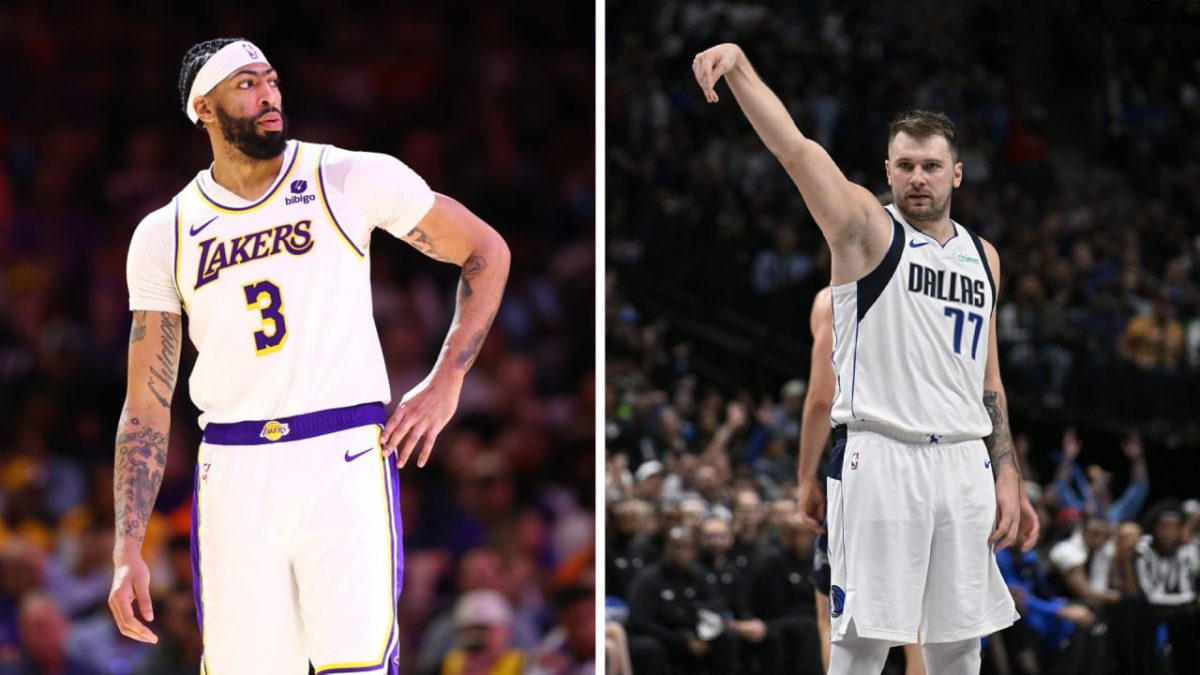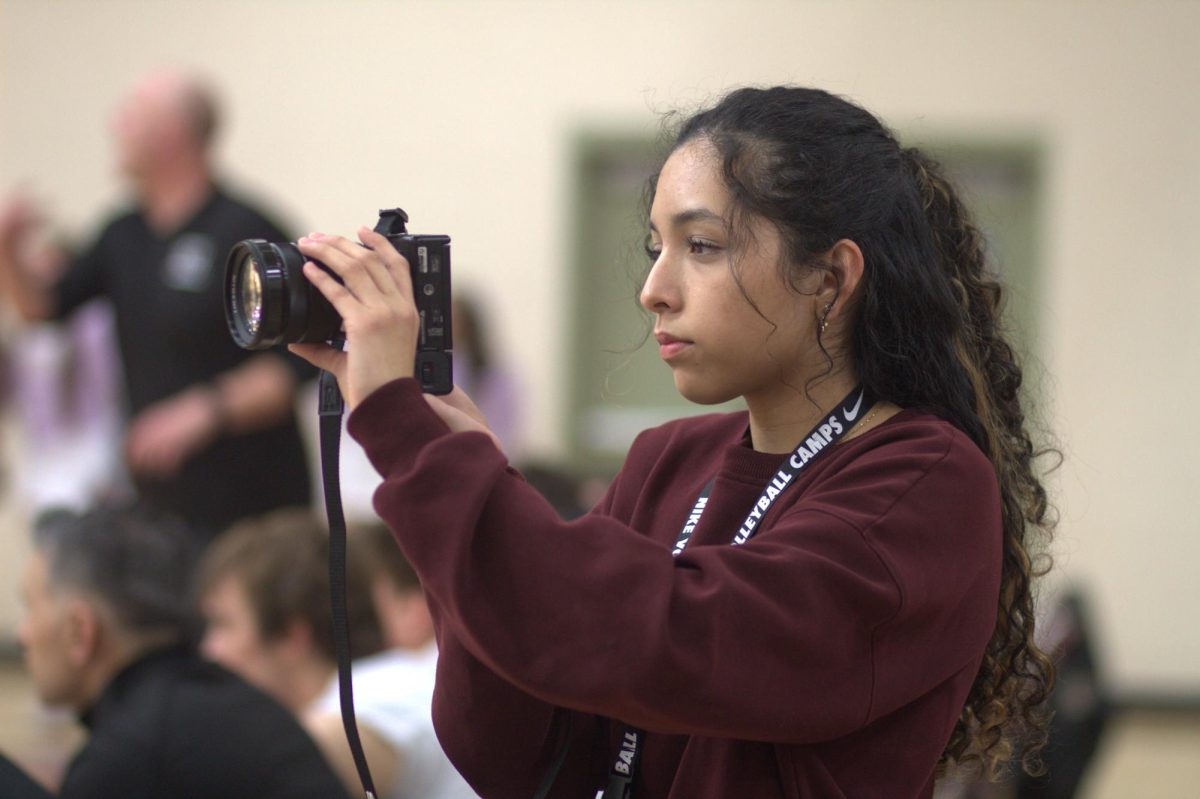
It is extraordinarily rare that a feature film that is created in a documentary style format will actually convince the viewer that they are watching something real. With movies such as Apollo 18, Paranormal Activity, and Blair Witch Project, there is often something a regular moviegoer will point out that breaks the illusion that what they are watching actually occurred. But when this rare film does surface, it is nothing short of art. And like all art, it is truly timeless. The 2002 film “Gang Tapes” goes beyond this definition, making what is a rare, undiscovered, and sadly unheard of diamond in the rough of the film industry. Chances are you’ll never find it in your local Redbox, and it won’t be on the shelf of a nearby Blockbuster. In fact, the only venue to watch this film seems to be in your own Netflix que. But don’t let it’s lack of press fool you. “Gang Tapes” has earned its chance in the spotlight.
Written and directed by Adam Ripp, “Gang Tapes” uses actors that were currently living in where the movie was shot: the neighborhoods of South Los Angeles, more commonly known as South Central. The movie accurately portrays the life of an average young African American teenaged boy named Kris, coming of age in the middle of a gang culture that is infamous in the area and is prominent in his own family, despite his single mother’s efforts to put him on the right path. The rest of the film is his experiences, documented through the lense of a stolen video camera that shows Kris finding his own way, from learning from his own older brother and friends their ways of life that he soon embraces. Becoming the very thing his mother warned him against, and leading to an inevitable downward spiral.
By far, the best part of this movie is the acting. But it can hardly be called acting, seeing as how all but one of the main male actors are former gang members. They play each role absolutely perfectly, and it never feels like there was a script or any sort of direction at all. You feel as though you’re in the room with them in every scene. When they’re visiting parties, you feel a part of it. When they commit one of several varying crimes, you feel guilty by association just for watching. Going into this not knowing that the movie was actually fiction, it was absolutely horrifying watching people be shot and killed mercilessly. Never once was there reason to suspect that it was not completely real.
Filming was amateurish, as is the trademark of the style of film. Watching the shaky, low-quality camera shots can become very old very fast in movies similar to this. However, in the case of “Gang Tapes”, it really adds a lot to the mood of the entire film. Raw and unedited, but it still flows extremely well from scene to scene. It truly feels like you are watching the connected reel of an actual video camera. It is not filmed in a way that would reveal that the camera men knew anything about the basics of shooting a movie. It looks exactly how it was intended, and it was completely seamless.
But one of the most unexpected parts of this film was the way it created a sympathy for the gang members and the things that they do that was not comprehensible before. But this movie is able to get so up close and personal with the different part of gang life that is not often heard about. Hearing the reasoning for committing the crimes that they do day to day, gives a new point of view that otherwise would never have known. Their lives will never be truly understood unless experienced by the audience themselves, but it gives that audience the opportunity to compare their own lives in the small suburb of Rocklin to those living on the streets of South Central. “Gang Tapes” does a masterful job of opening up that window for us to peer into, and makes the one of the biggest emotional impacts on the viewer that a movie can make. And that is what makes it such an incredible piece of timeless art.
by CARSEN VAN DER LINDEN





